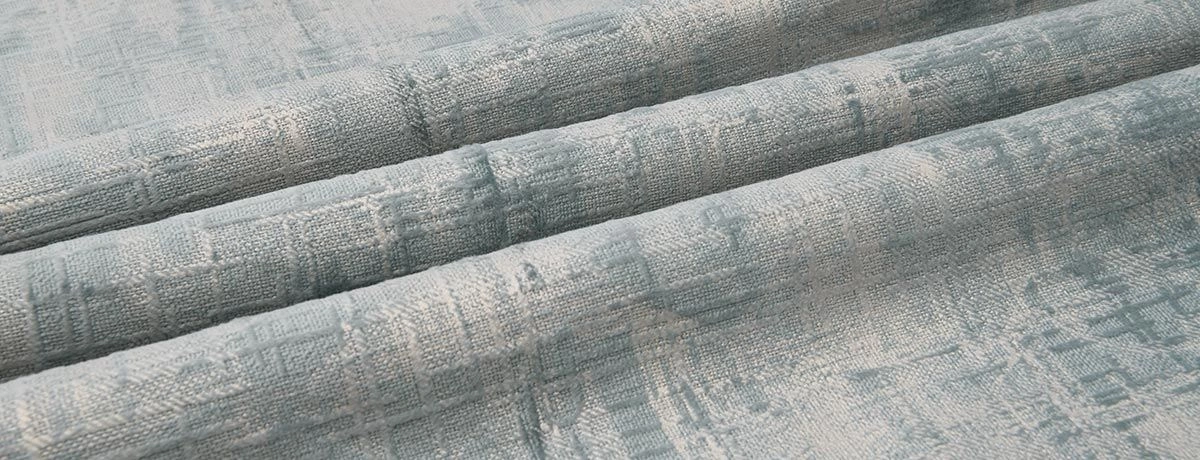Best Fabric for Couch Pillows: A Guide

For designers, wholesalers, and manufacturers, choosing the best fabrics for couch pillows is key. The right choice will enhance the space, add comfort, and last longer. This guide covers the top fabrics for decorative pillows and where to use them.
Top Fabric Options for Sofa Pillows
When choosing common fabrics for sofa pillows, you need to consider durability, comfort, and aesthetics. Here are the most popular:
Cotton
Properties:
-
Breathable and soft
-
Machine washable
-
Available in many colours and patterns
Ideal For:
-
Casual and versatile for everyday use
-
For homes with children or pets
-
When choosing pillows, consider cotton for its durability and suitability for both decorative and casual lounging purposes
Linen
Properties:
-
Highly breathable and light
-
Natural textured look
-
Gets softer with each wash
-
Mildew resistant, making it ideal for outdoor use
Ideal For:
-
Summer or warm climates
-
Minimalist or rustic design
Velvet
Properties:
-
Luxurious and plush
-
Rich colours
-
Warm
-
Faux fur is another trendy and luxurious material, known for its soft texture and breathability.
Ideal For:
-
Adding a bit of glamour
-
For formal living rooms or luxury spaces
Leather
Properties:
-
Durable and easy to clean
-
Timeless look
-
Hypoallergenic
-
Upholstery fabrics, such as Sunbrella, are designed for long-term performance, offering comfort, softness, and durability with certifications for safety and healthy indoor air quality.
Ideal For:
-
High traffic areas
-
Industrial or modern design
Key Considerations for Pillow Fabric
When selecting a pillow fabric, several key considerations can guide you to the best choice. First, think about the purpose of the pillow. Is it purely decorative, or will it be used for lounging or even sleeping? This will help you determine the level of durability and comfort required. Next, consider the style and character of the room. Choose a pillow fabric that complements the existing decor and enhances the overall aesthetic. Additionally, think about how often the pillow will be used and the level of maintenance it will need. For frequently used pillows, opt for a durable fabric that can withstand wear and tear. Finally, take into account any allergies or sensitivities in the household and select a hypoallergenic fabric to ensure everyone’s comfort.
Manufacturing and Design Notes for Upholstery Fabrics
The fabric choice also affects the manufacturing and design process. Cotton and linen are often printed digitally because of their absorbency. Velvet and leather require special sewing techniques to maintain their texture and look. Manufacturers should consider this when planning production.
Additionally, selecting the right fabric is crucial in the context of interior design, as various factors beyond just the fabric blend need to be considered.
Styling with Throw Pillows
Throw pillows are a fantastic way to infuse style and personality into any room. To start styling with throw pillows, select a few in complementary colors and patterns. A helpful guideline is the 60-30-10 rule: 60% of the room should be a dominant color, 30% a secondary color, and 10% an accent color. Use throw pillows to introduce pops of color and texture, adding visual interest to the space. Mix and match different patterns and textures to create depth and intrigue. Consider incorporating a few decorative pillows with bold patterns or vibrant colors to make a statement. Don’t hesitate to experiment and rearrange the pillows until you achieve a look that feels just right.
Fabric Care and Maintenance
To keep your pillow fabrics looking their best, it’s essential to follow proper care and maintenance guidelines. Start by checking the care label on the pillow fabric to determine the recommended cleaning method. For most fabrics, a gentle wash cycle with a mild detergent is ideal. Avoid harsh chemicals or abrasive cleaners, as these can damage the fabric. For delicate or special-care fabrics, consider dry cleaning or spot cleaning. To prevent fading and discoloration, keep pillow fabrics out of direct sunlight and away from extreme temperatures. Using pillow covers or cushion covers can also help protect the fabric and make cleaning easier. By following these tips, you can ensure your pillows remain beautiful and comfortable for years to come.
How to Choose
-
Match the Design Style: Choose fabrics that match the overall design style of the space, modern, traditional or eclectic.
-
Consider the Function: For busy households choose durability and ease of cleaning. For decorative purposes, velvet or silk might be more suitable. Additionally, selecting the right pillow cover is crucial; consider options like cotton, linen, velvet, and wool for both aesthetics and functionality.
-
Comfort: The fabric should feel good against the skin as pillows are often used for lounging.
-
Colour and Pattern: How will the colour and pattern work with the other elements in the room and the lighting.
End
Choosing the best fabric for couch pillows is key to both style and function. Whether it’s cotton’s breathability, velvet’s elegance or leather’s durability each choice makes a big impact on the room. Interior designers and manufacturers can create beautiful and comfortable spaces for their clients by knowing the properties and uses of each fabric.
